Articles
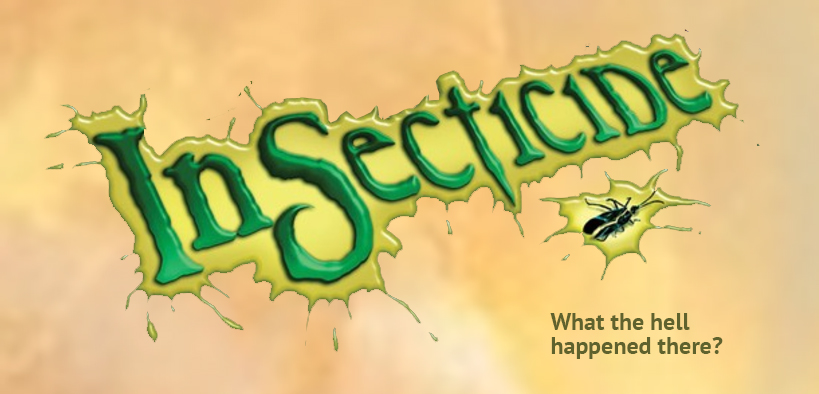
Insecticide: What the Hell Happened There? Introduction
Remember Insecticide?
Here, let me help: Somewhere in the mid-2000s, LucasArts vets Larry Ahern and Mike Levine banded together to form the game label Crackpot Entertainment. Its debut – and only – product would be Insecticide, an action-adventure whose universe was a charming cross between A Bug’s Life and film noir. Set in a future where bugs have evolved into the dominant life forms while humans have devolved proportionately, the storyline followed young insect detective Chrys Liszt and her cantankerous partner Roachy Carruthers as a murder pulls them into an intricate conspiracy surrounding “Nectarola” cola in the corrupt, polluted city of Troi.
The visual style and voice acting shown off by the announcement trailer were fantastic, and the increasing additions of LucasArts vets to the team – Peter Chan, Peter Tsaykle, Dave Grossman and Peter McConnell among them – only made us more excited about the game. As with the other studios founded by LucasArts adventure developers, it was our hope that Crackpot was destined to make games in the spirit of the story-driven LucasArts titles of yesteryear while LucasArts itself was busy exchanging its legacy as a creative powerhouse for: dying an ignoble death as a licensing house.
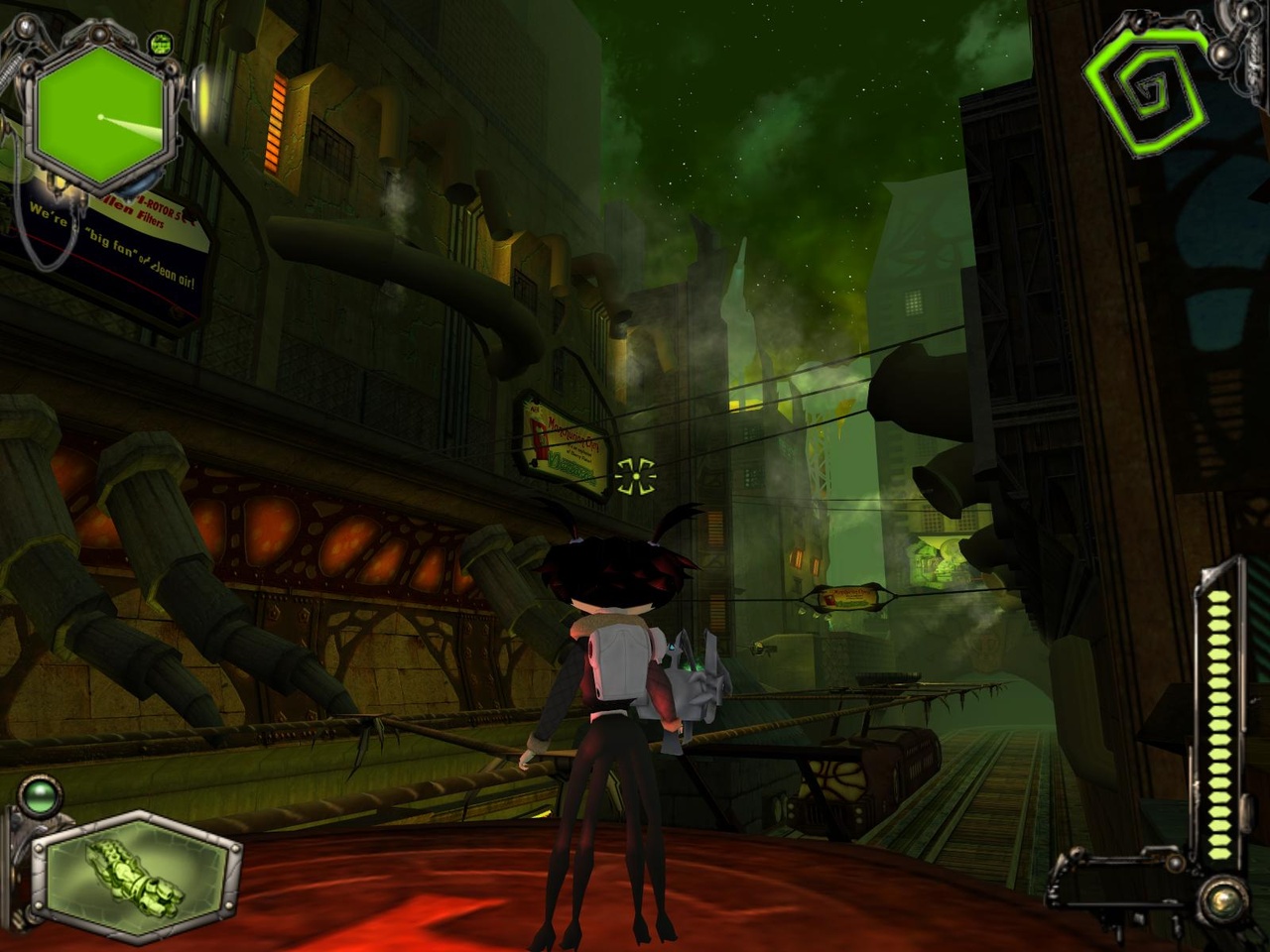
Unlike most action-adventure hybrids, Insecticide did not meld different gameplay styles so much as toggle between them. The game’s missions were either pure action levels, featuring platforming and shooting mechanics, or pure “detective" levels, essentially miniature graphic adventures games in which you solved traditional dialog and inventory-based puzzles. The story would dictate this shift - you might have an action level in which you’re pursuing a suspect, followed by a detective level where the suspect is interrogated. Despite this rigid delineation of the two gameplay styles, the lovingly realized world and story-first nature of the game helped make the action sections, which were themselves often peppered with dialog and plot points, feel more motivated. Some particularly well-animated full-motion-video cutscenes would glue the missions together.
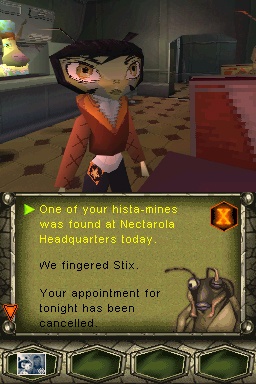
When the game was announced at the beginning of 2007, it was revealed to be among the first titles to be published by the brand-new Gamecock Entertainment; the plan was to release Insecticide on PC and Nintendo DS in the fall of that year. The handheld version would have key compromises – a percentage of the FMV cutscenes had to be reduced to captioned slideshows for space reasons, and all of the in-game dialog would be text-only instead of voice acted – but would otherwise be a faithful if scaled-down version of the PC game. At first, the PC version seemed to be the primary SKU, but the DS port ultimately beat it to market, being released, after a bit of a delay, in March 2008. Meanwhile, it was announced, though not loudly, that the PC version would be split in half, into a pair of so-called “bi-sodes.”
Promotion for the game stopped on a dime, and it seemed to disappear from awareness overnight. After the Nintendo DS version was released to mixed reviews and zero buzz, things went eerily quiet on the subject of the still-pending PC version. Six months later, in the summer of 2008, the first “bi-sode” (consisting of half of the game’s missions and storyline) finally appeared on Steam and other digital portals. Though billed as Insecticide: Part One, there was no mention of when Part Two would drop, nor much of an explanation at all for the game’s bifurcated release. The few reviews of the cliffhanger’d PC release weren’t any more glowing than its DS counterpart (“Insecticide can't decide whether it wants to be an adventure or a platformer,” complained Gamespot weeks before giving a rave review to Madden NFL 09), and it’s hard to imagine the sales were burning any barns. A writer for PopMatters was sympathetic, but Insecticide ultimately lacked the volume of passionate defenders needed to achieve the cult success it seemed destined for.
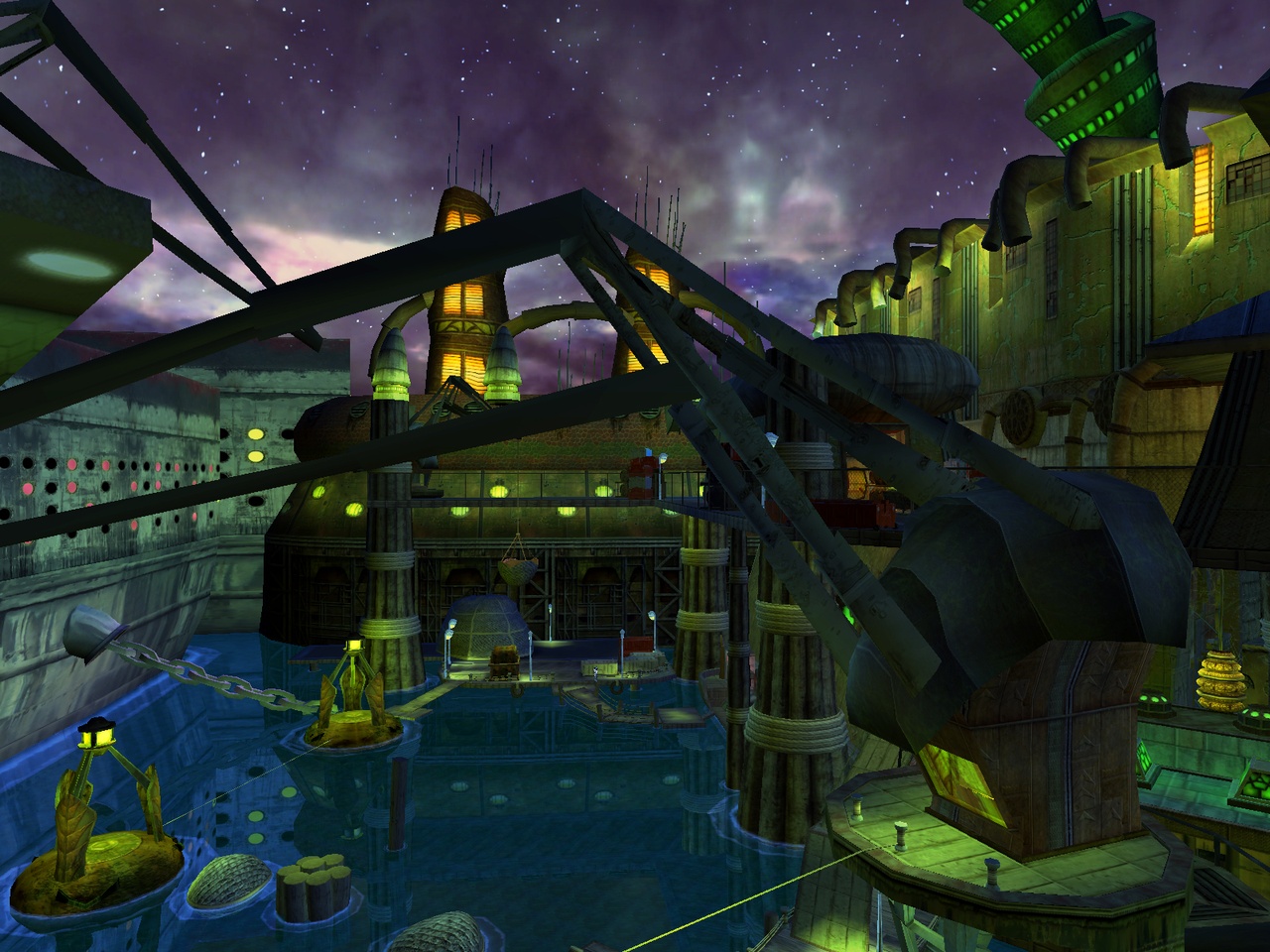
A few months later, the title’s prospects would plummet further when Gamecock was acquired by SouthPeak Games. The new overlords at first claimed that Gamecock would continue to exist as a subsidiary, but it was soon dissolved instead. SouthPeak evaluated the games they had inherited, and, having no interest in Insecticide, cancelled the second PC “bi-sode” without an announcement. The few people who played Part One would be given no explanation for why they would be forever stuck with half a game, and only the squeezed-down Nintendo DS version represented Insecticide in a complete form. Even Mike and Larry seemed to be in the dark. Receiving no communication from SouthPeak after the buyout and finding their attempts to make contact ignored, they had to deduce the cancellation simply from the fact that the financing evaporated.
In the years that followed, Ahern and Levine pledged to at least get all of the cutscenes for the second half online, since the videos were complete and would conclude the storyline for the abandoned PC gamers on some level. They eventually did so, uploading the cinematics to a Youtube channel for fans to watch. Aside from some chatter about an animated series and a Kickstarter to relaunch the IP as an unadulterated graphic adventure game – none of which went anywhere – it was the last anyone would hear about Insecticide.
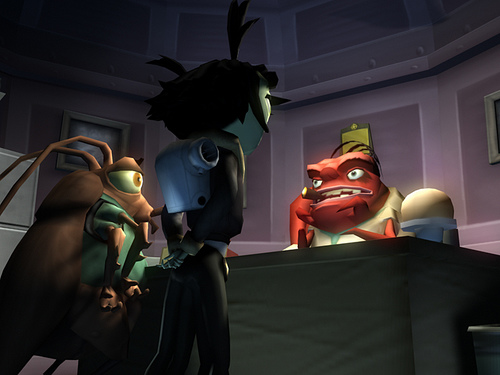
Until now. On its ten-year anniversary, Mojo decided to reach out to the two heads of Crackpot to find out exactly what happened to this underappreciated game behind-the-scenes and whether there’s a future for this still-promising world and cast of characters yet. Often frustrating but always compelling, their tale offers a few new revelations, corrects a few misconceptions, and will hopefully be seen as an appropriately bittersweet way to commemorate the legacy of an IP that never met its audience, even though I remain certain that it existed.
And if you want even more Insecticide retrospectives after you’ve eaten your way through this one, I strongly recommend this feature with Larry that Adventure Classic Gaming published a few years back. It’s got a lot of insightful remembrances about Insecticide and various LucasArts games and is worth your time.
Now that I’ve advertised other people’s interviews, let’s move on to our own.
